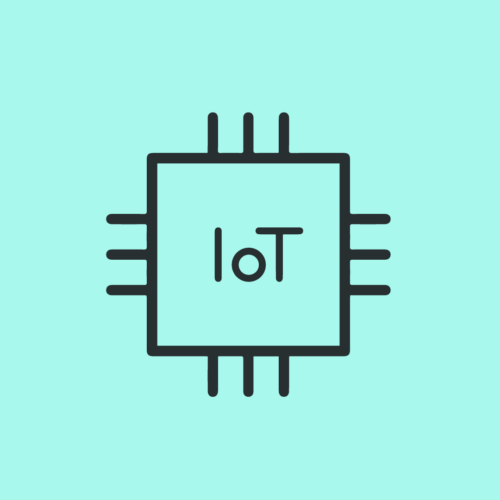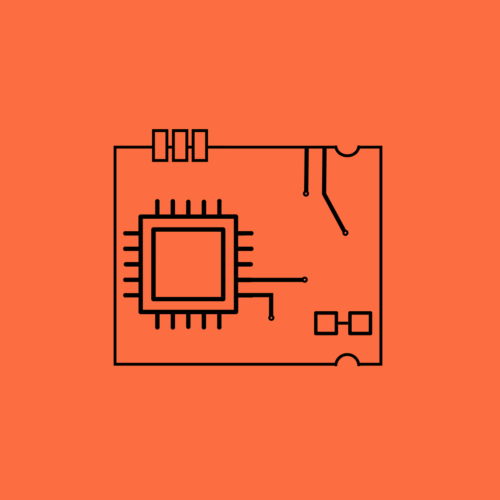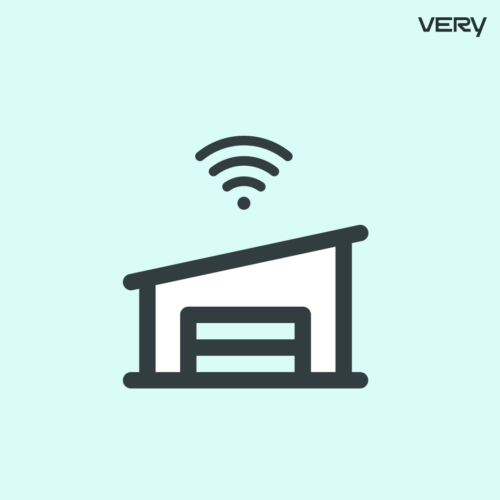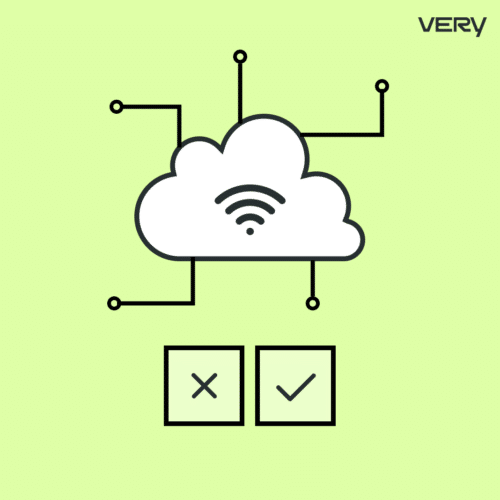BLOG
How Our Director of Engineering Built His Remote Workspace
You’re invited to step into Jeff McGehee’s office.
You might also call our Director of Engineering’s office his home lab, his smart remote workspace, or, as his wife likes to call it, his “he shed”.
Because creating the ideal remote workspace is something we’re passionate about at Very, we had Jeff take us on a virtual tour of the place where he spends his working hours, and learned a little bit about what went into creating it.
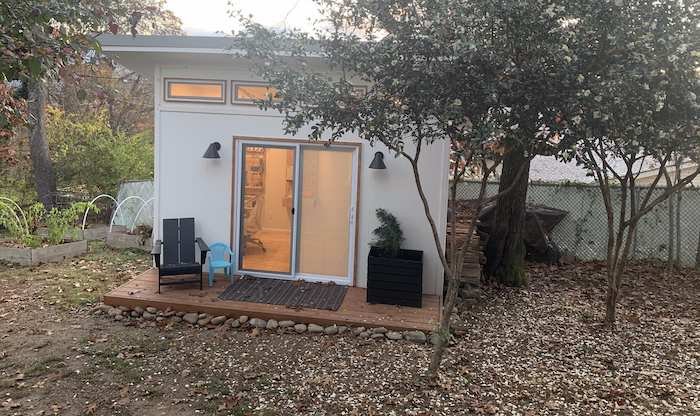
A few years ago, Jeff and his wife were planning for their second kid, and space inside the house was starting to get tight. Not only was Jeff working full-time from his computer set up in their living room, but, because of his role leading IoT developers at Very, his desk was always a mess of microcontrollers, tangled wires, tools, and electrical bits and bobs.
With the cries of his unborn child already ringing in his ears, he decided that something had to change. He needed his own workspace free of background noise, a place that he could go and dedicate his full attention to the work at hand. So, after a decent amount of planning, Jeff drew on his construction experience from his teenage years and started to work on a building in his backyard. Yes, it took a long year and a half to complete, but he believes the results were very much worth it.
As so many newly remote workers learned the hard way in 2020, working from home brings its own set of challenges. This is especially true when you’re an IoT engineer. Putting your hands on stuff is a big part of the job description. Very, however, has been a remote company since its inception, and we’ve learned a lot of valuable lessons about remote work and how to foster a healthy company culture with distributed teams.
While Jeff admits that most of his colleagues don’t have a setup that’s quite as sweet, we all highly value having a remote workspace that fits our needs.
Jeff’s Remote Workspace — the Grand Tour
When you step into Jeff’s office, the first thing that you’ll notice is that it’s divided into two parts. On the right is a comfy chair, a nice rug, and shelving that’s full of books, art, and some fun projects. Since this is the part that’s behind Jeff while he works, it’s what you’d see if you hopped on a video call with him. Check it out:
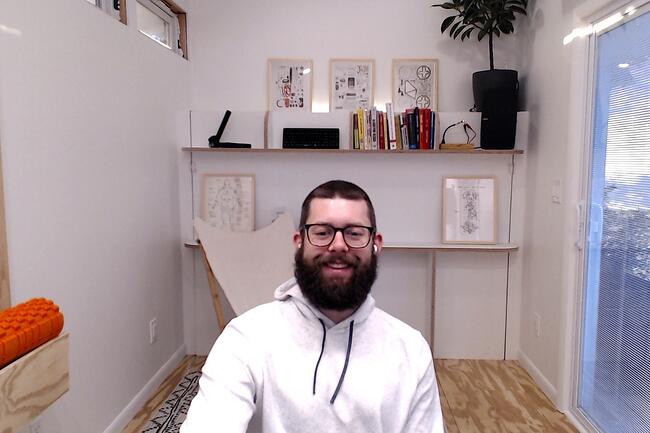
If you looked to the left, you’d see where the magic really happens. Jeff’s desk space manages to fit a full-fledged electronics workshop into a few square feet. Of course, he has his computer set up, but there’s also a rack for tools, storage bins for components, and even a custom pegboard where he can hang breadboards and projects while he works on them to keep them off of his desk.
Jeff based a good portion of his design on the organizational principles that Adam Savage (yes, the MythBuster) laid out in his book Every Tool’s a Hammer: Life is What You Make It. Everything has its place, and the things that Jeff uses the most often are the most easily accessible.
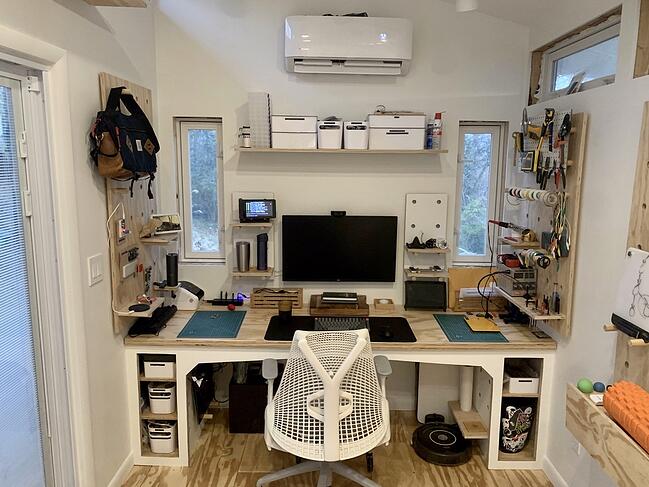
Now let’s get to the really good stuff. As an obsessive maker and an IoT enthusiast, it should come as no surprise that Jeff managed to cram 17 internet-connected devices into an 8×14 ft space. These range from a Sonos speaker to plenty of projects that he built himself. Of course, there are the usual suspects, like smart lights, but one of the coolest features is a custom humidity control system that uses Bayesian inference to intelligently determine the likelihood that it should run based on not only the humidity level but also user-centric items, like whether or not he’s in the room at the time.
All of these devices run through home assistant, an open source home automation platform. This gives Jeff an easy way to control and monitor his smart shed. Good thing his wireless internet setup is able to push 700+ MBPS!
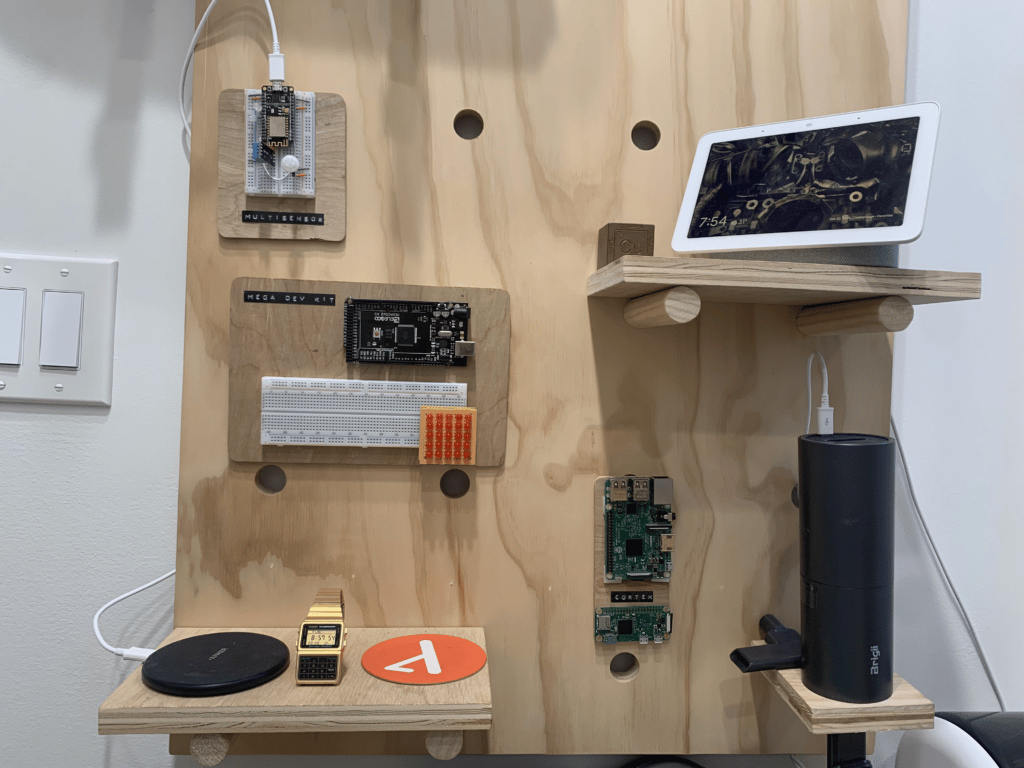
Lastly, Jeff’s made his workspace feel more like home by adding some personal touches, including engineering-inspired art by Todd McLellan (pictured below), Adam Savage’s spacesuit sketch, and a diagram of the cherry switches that go into Jeff’s beloved mechanical keyboards.
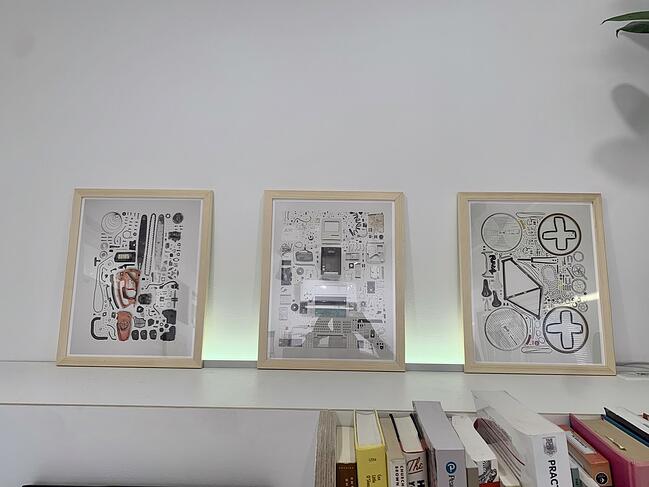
Very’s Remote Work Culture
Jeff says that one of the reasons that he loves working for Very is that we do remote work the right way. While it’s not often the first thing that people think about when setting up a home office, we recognize that our video backgrounds go a long way towards putting the best foot forward and representing ourselves as professionals. We’re a company made up of serious engineers, and showing up in a space that’s suitable for our business gives that impression—even if it’s just over a Zoom call.
Another point that Jeff stresses is how important it is to have separate places for work and home. Before he built his lab, he had a hard time turning off for the evening because he hadn’t actually gone anywhere. Even though his commute is now only a few dozen feet out the backdoor, the simple act of going somewhere else lets him switch between roles and more easily transition between being an engineer and a husband/father. Not only does this give him a better work-life balance, but it also makes his working hours more focused and productive.
Plus, now he doesn’t ever have to worry about his kids pulling all the wires out of a project.
Does this sound like a great gig? It really is. Well, Jeff has some good news for you. We’re hiring, and he hopes to meet you soon.
KEEP READING: Find out how Very created Tattlebox’s first prototype using agile methodologies in just 15 weeks.




